SI Restoration: Mold Removal in Baltimore /Washington DC
-
CALL OR TEXT NOW FOR A FREE ESTIMATE QUOTE FOR MOLD REMEDIATION AT 410-458-5371 in MD. or DC.
-
To meet Jeff Cohn co-owner of SI Restoration and author of this article please visit the SI Restoration Youtube channel
INTRODUCTION
Introduction
Mold growth is found both indoors and outdoors.
The growth can enter your home or office through open doorways, windows, vents, and heating and air conditioning systems.
Indoors, it will grow in places with a lot of moisture, such as areas around leaks in roofs, windows, or pipes, or where there has been flooding.
What is Mold Remediation?
The remediation is a comprehensive process aimed at eliminating the growth from buildings and structures. It involves several critical steps and including the growth from returning. Our team is dedicated to meeting all your restoration needs, ensuring a safe and healthy environment.
Next, the affected area is contained to prevent spores from spreading to other parts of the building. This containment is crucial to protect and improve the health of occupants and to ensure that the remediation process is effective. The final steps involve thoroughly cleaning and disinfecting all surfaces that came into contact with mold, ensuring the area is completely dry, and then reconstructing any damaged parts of the building.
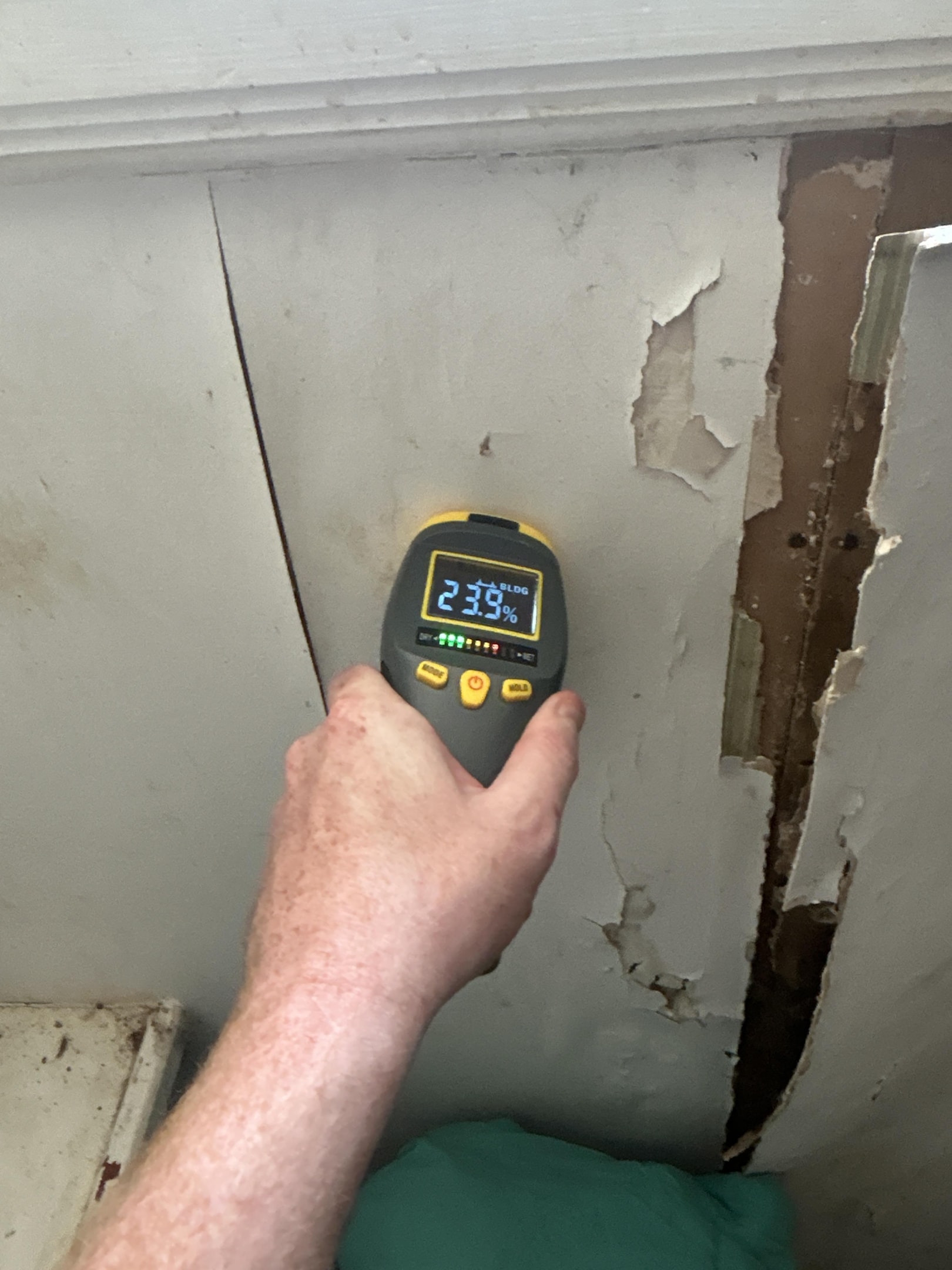
Signs of Mold Growth
Mold growth can be a significant issue in homes and businesses, especially after water damage or flooding. Some common signs of mold growth include:
-
Visible Mold or Mildew: Look for patches of mold or mildew on walls, ceilings, or floors. These can appear in various colors, including black, green, or white.
-
Musty Odors: A persistent musty or unpleasant smell can indicate mold growth, even if it’s not visible.
-
Water Stains or Discoloration: Water stains or discoloration on surfaces can be a sign of moisture problems that may lead to mold growth.
-
Peeling or Bubbling Paint or Wallpaper: Moisture behind walls can cause paint or wallpaper to peel or bubble, indicating potential mold issues.
-
Increased Allergy Symptoms: If you or others in the building experience increased allergy symptoms or respiratory issues, mold could be the culprit.
If you suspect mold growth in your property, it’s essential to contact a professional mold removal service like SI-Restoration to assess and address the issue. Early detection and intervention can prevent further water damage, and health risks.
Health Risks Associated with Mold Exposure
Mold can pose significant health risks, especially for people with pre-existing respiratory conditions or weakened immune systems. Some potential health risks associated with mold exposure include:
-
Allergic Reactions: Symptoms such as sneezing, congestion, and itchy eyes are common allergic reactions to mold.
-
Respiratory Issues: Mold exposure can cause coughing, wheezing, and shortness of breath, particularly in individuals with asthma or other respiratory conditions.
-
Skin Irritation: Direct contact with mold can lead to skin irritation or rashes.
-
Infections: People with compromised immune systems are at higher risk of infections from mold exposure.
-
Neurological Problems: Some individuals may experience headaches, memory issues, and mood changes due to mold exposure.
It’s crucial to address mold growth promptly and properly to minimize the risk of health problems. Professional mold removal services can ensure that the mold is effectively eliminated, protecting the health of occupants.
Finding the Source
Determine The Source
Determining the source and having a professional fix the leak source is important to reduce possible re-growth around your home or business.
Some people have the misconception that the unwanted growth can just be scrubbed away, but the spores spread when attacked and if a proper containment area is not set up properly, it could lead to fire damage and to a larger and more costly project than expected.
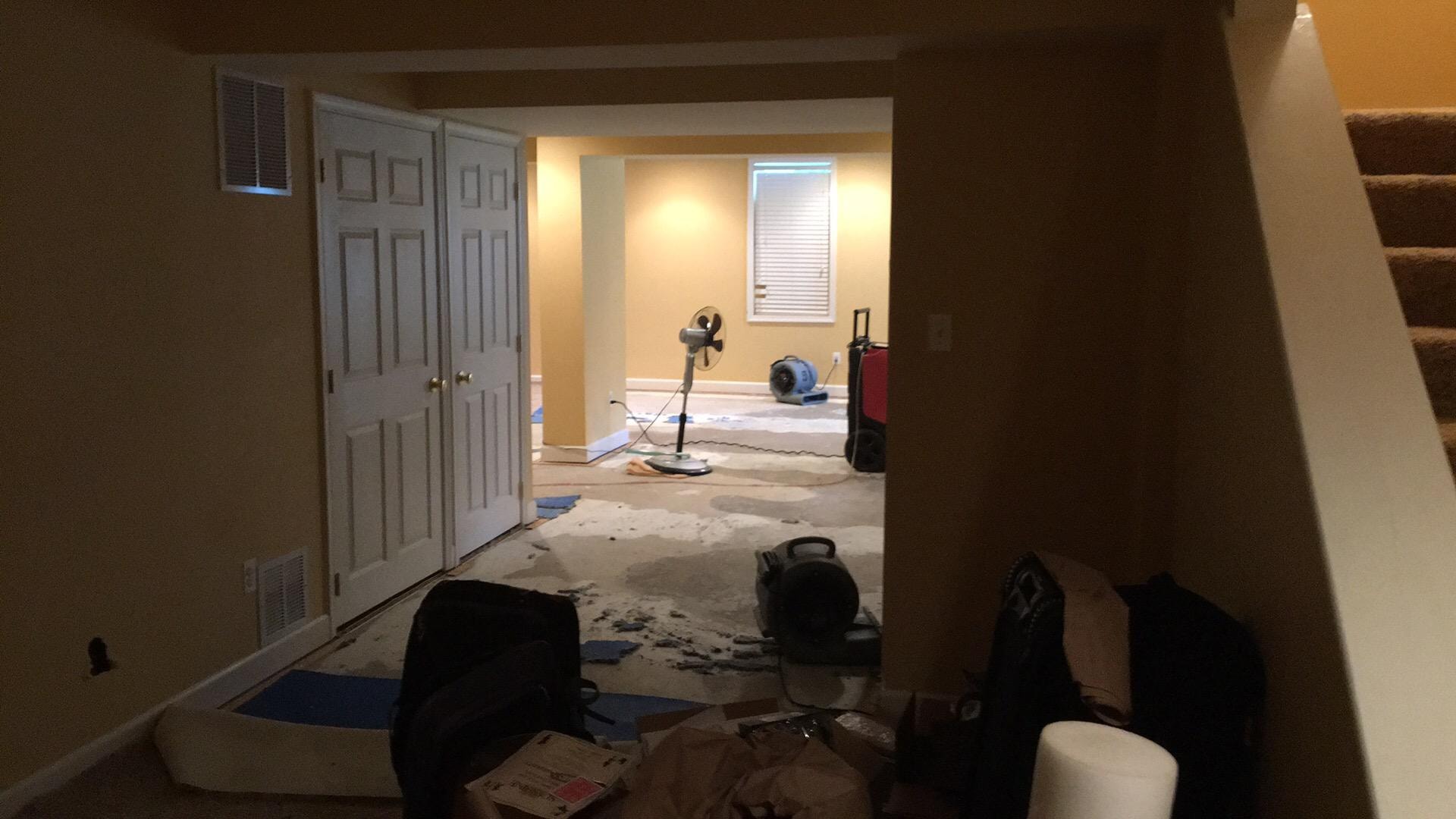
Our company ensures that once the issue causing the mold is resolved, our experienced team will remediate the mold in your home or business.
Our experienced, highly-trained, certified technicians follow the IICRC S520 Remediation standards.
We build a sealed containment barrier and negative air pressure to remove it without spreading the spores in the inhabited areas.
Removal Process
The mold removal process typically involves the following steps:
-
Assessment: A professional mold removal service will assess the extent of the mold growth and identify the source of the moisture. This step is crucial for planning an effective remediation strategy.
-
Containment: The area will be contained to prevent mold spores from spreading to other parts of the property. This is done using physical barriers and negative air pressure.
-
Removal: mold will be removed using specialized equipment and techniques, such as HEPA filtration and negative air pressure. This step ensures that all moldy materials are safely disposed of.
-
Cleaning: The area will be thoroughly cleaned and disinfected to remove any remaining mold spores. This includes cleaning all surfaces and materials that came into contact with mold.
-
Restoration: The property will be restored to its pre-loss condition, including repairs to any damaged structures or materials. This step ensures that the area is safe and habitable once again.
It’s essential to work with a certified and experienced mold removal service like SI-Restoration to ensure the job is done safely and effectively.
Their expertise and adherence to industry standards guarantee a thorough and professional remediation process.
Removal Process
The mold removal process is methodical and involves several key steps to ensure thorough and effective remediation:
Inspection and Assessment: The first step is to identify the source of moisture and assess the issue. This helps in planning the remediation process effectively.
Containment: The affected area is isolated to prevent spores from spreading to other parts of the building. This is done using physical barriers and negative air pressure.
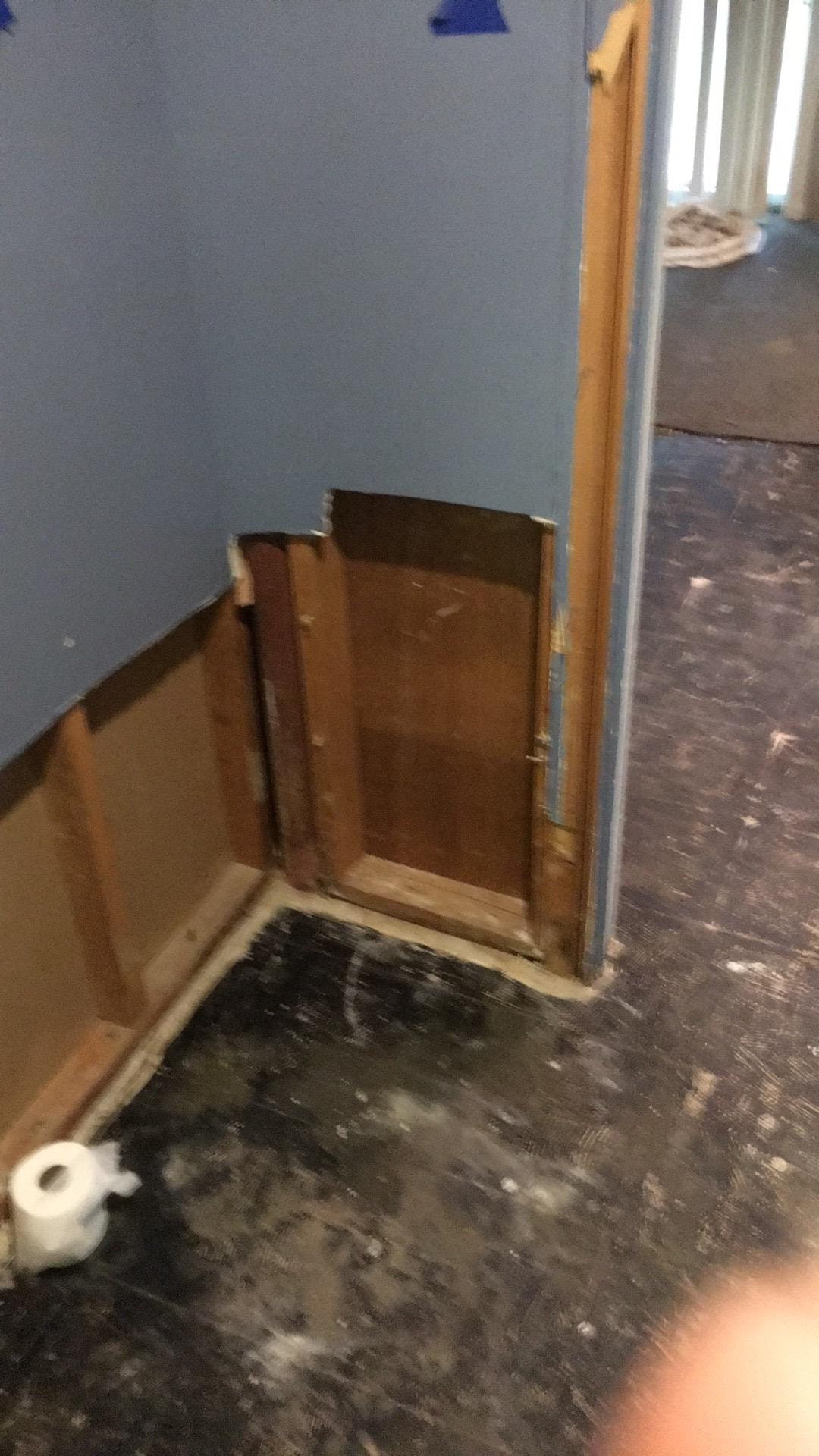
Removal: Moldy materials such as drywall, carpeting, and insulation are safely removed and disposed of. This step is crucial to eliminate the source.
In addition to mold removal and fire out, our team is also trained in crime scene clean, ensuring thorough and professional handling of all biohazard situations.
Cleaning and Disinfection: All materials that came into contact with mold are thoroughly cleaned and disinfected to remove any remaining spores.
Drying: Ensuring that the affected area is completely dry is essential to prevent future growth. This may involve the use of dehumidifiers and other drying equipment.
Reconstruction: Finally, any damaged materials are repaired or replaced, restoring the area to its pre-loss condition.
By following these steps, mold removal can be effectively carried out, ensuring a safe and healthy environment.
What Does The IICRC S502 Guidelines say about the removing process?
The IICRC S502 Guidelines for Mold Remediation provide a standardized approach to remediation, ensuring that the process is carried out safely and effectively.
The guidelines emphasize the importance of identifying and addressing the source of moisture that led to the unwanted growth.
Without resolving the moisture issue, the unwanted growth is likely to return, making remediation efforts futile.
These guidelines also cover procedures for handling biohazard situations, including first response, crime scene cleanup, ensuring safety and compliance with industry standards.
By following the IICRC S502 Guidelines, professionals can ensure that removal is carried out in a manner that protects the health of occupants and restores the affected area to a safe and habitable condition.
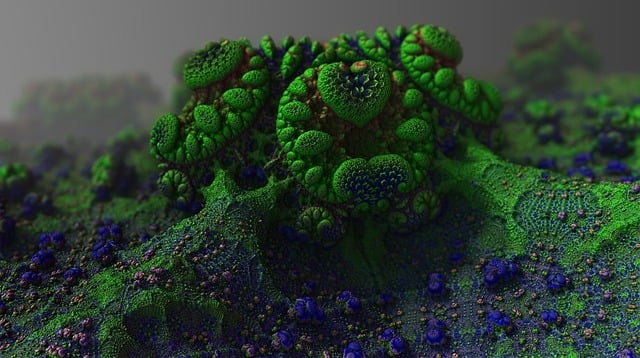
Factors Affecting Mold Remediation Cost
The cost of mold remediation can vary widely based on several factors: Extent of mold Growth: Larger areas of mold growth require more extensive remediation efforts, which can increase the cost.
Type of Mold: Certain types of mold, such as black mold, may require specialized remediation techniques, leading to higher costs.
Location: Mold remediation costs can vary depending on the location. Urban areas typically have higher costs than rural areas due to higher labor and material expenses.
Materials Affected: The type and quantity of materials affected by expanded growth of spores can impact the cost.
For example, mold in drywall and insulation may be more expensive to remediate than mold on non-porous surfaces.
Complexity of the Job:Mold remediation jobs that require specialized equipment or techniques, such as crawl space remediation, may be more expensive due to the additional labor and resources required.
Specialized emergency services such as animal hoarding cleanup can also affect the overall cost due to the additional care and resources required.
Understanding these factors can help building owners anticipate the potential costs of mold remediation and plan accordingly.
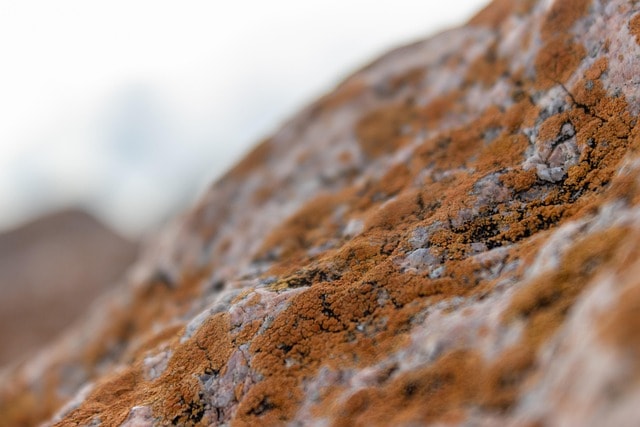
Alternative Education sources
https://www.cdc.gov/mold-health/about/index.html
https://www.mayoclinic.org/diseases-conditions/mold-allergy/symptoms-ca…